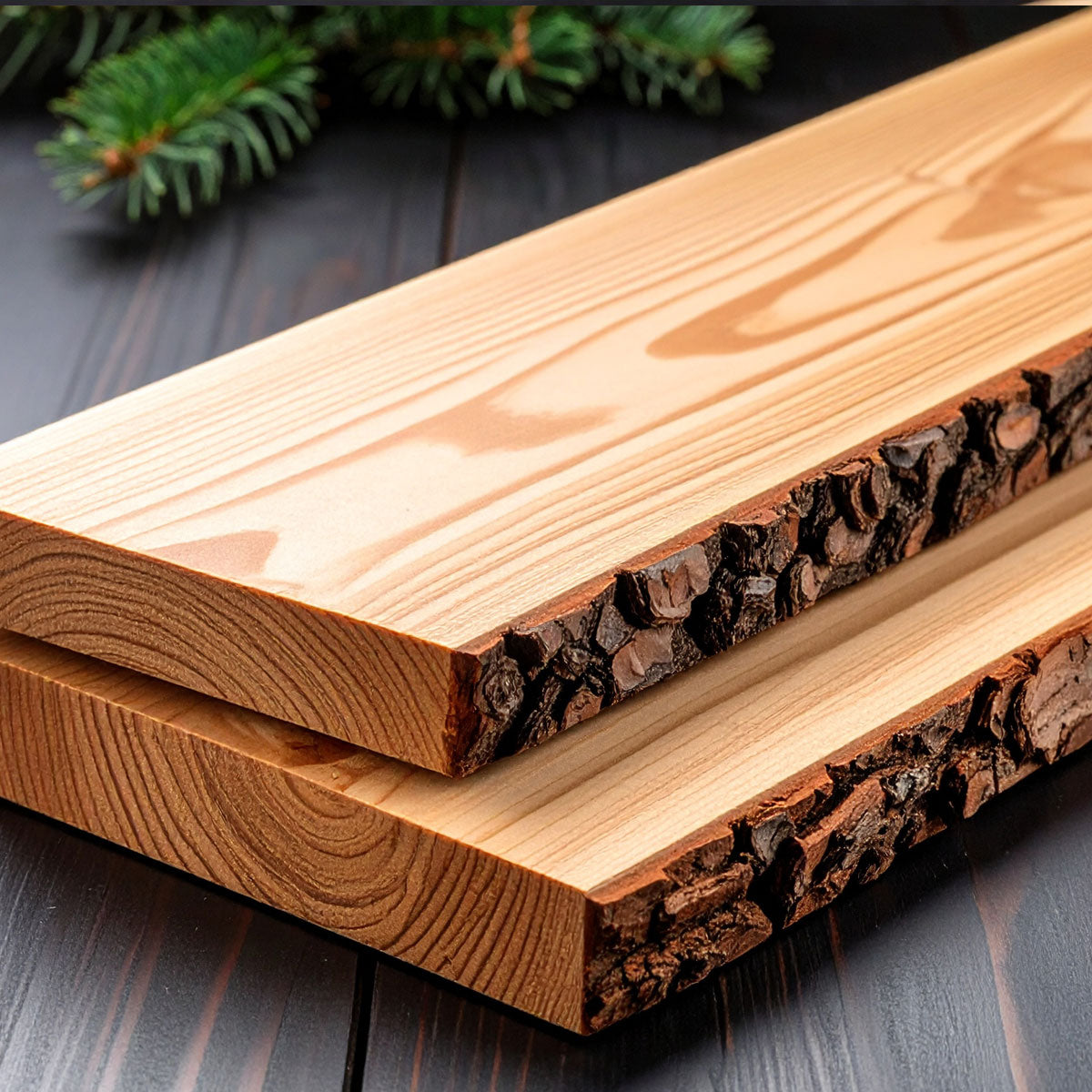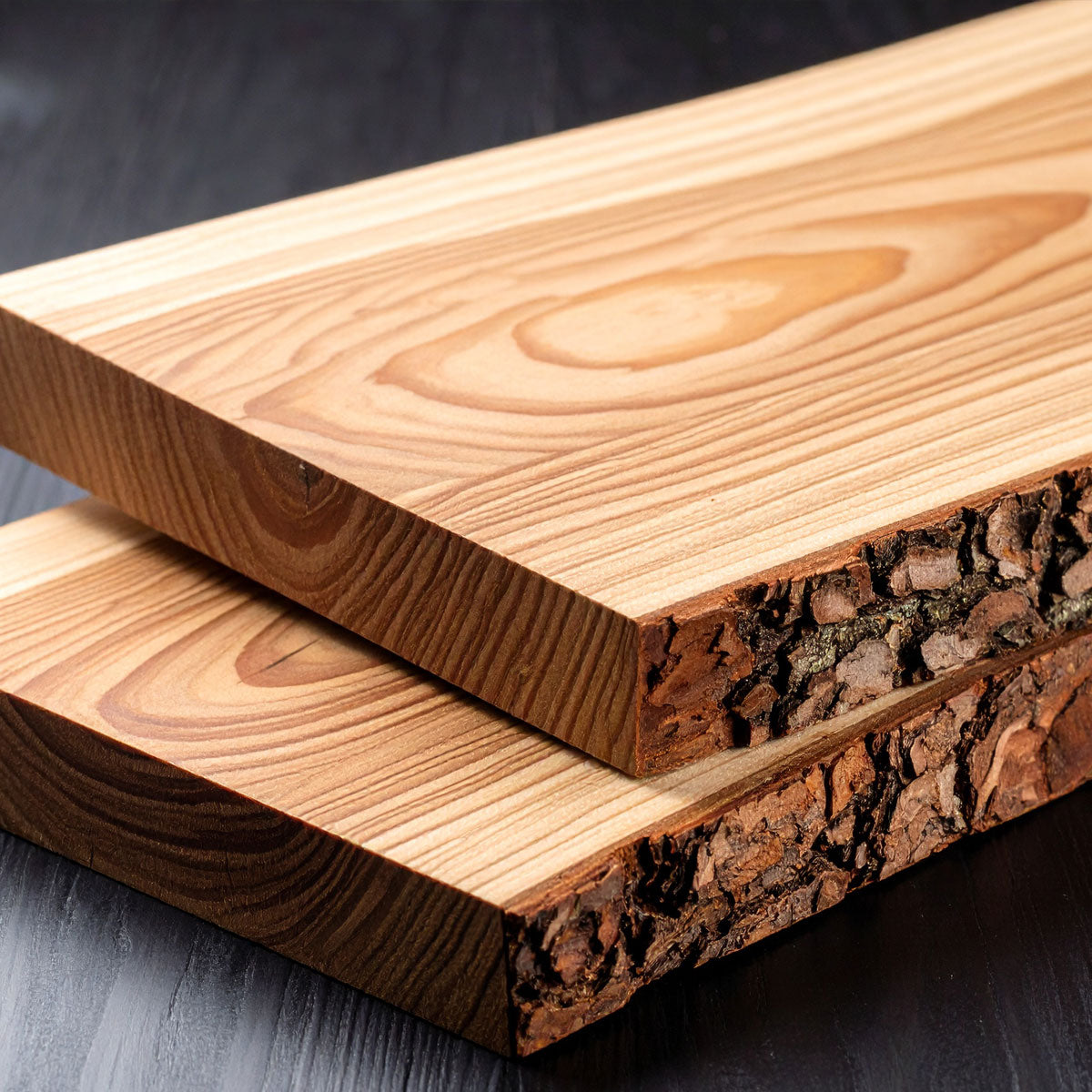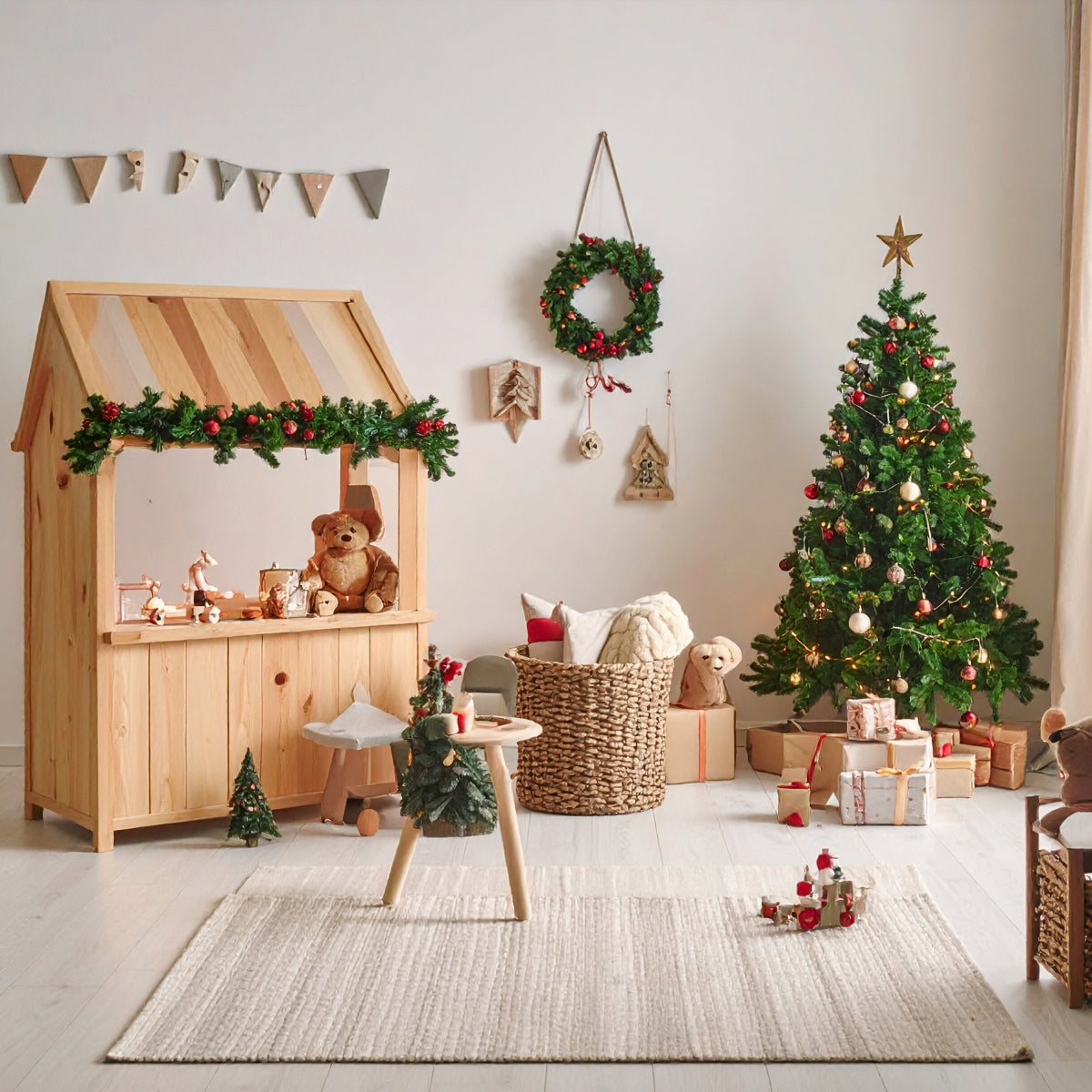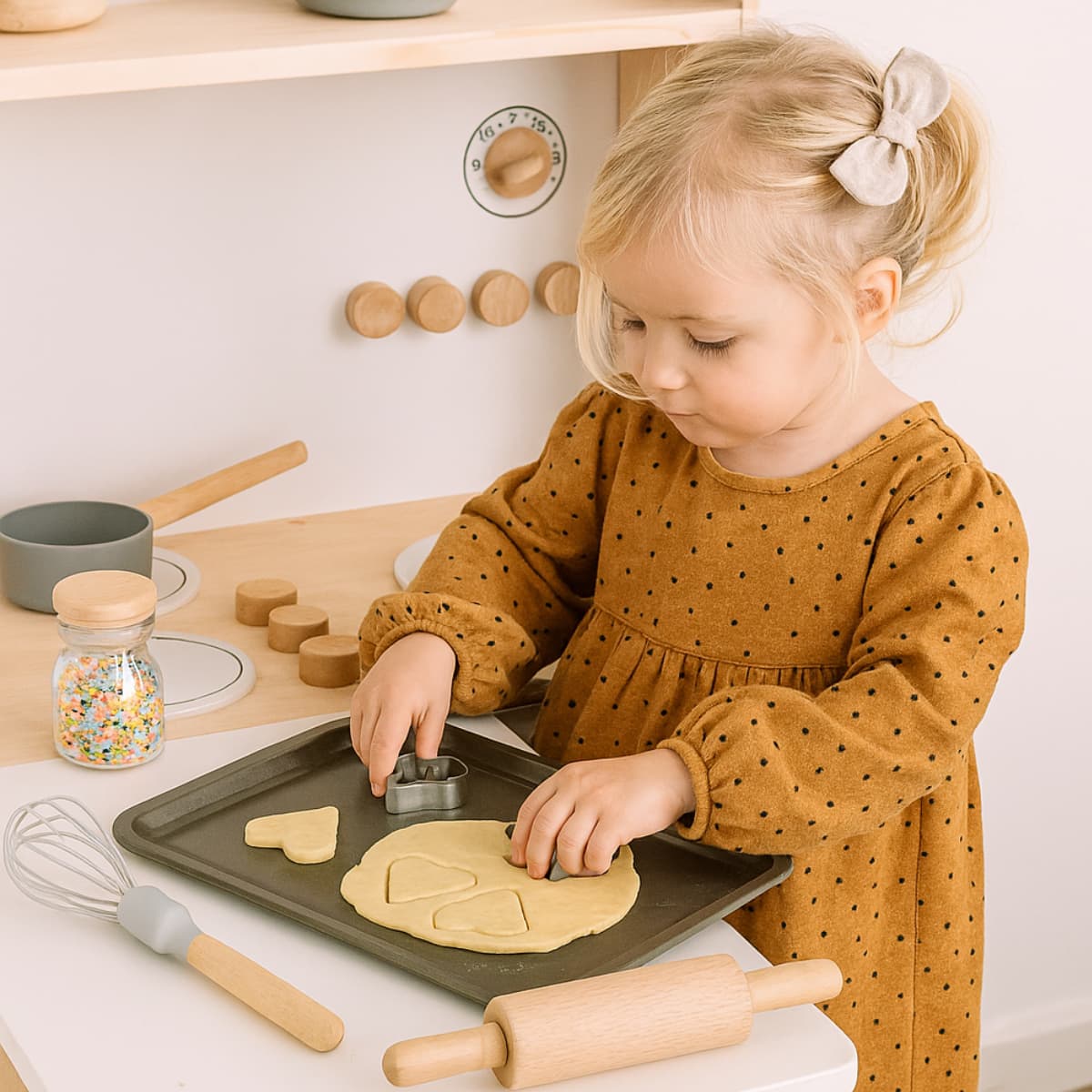
Douglas Fir
Douglas Fir Wood – Properties, Uses & Special Features
Douglas fir wood comes from the tree Pseudotsuga menziesii, also known as Oregon pine. Originally native to North America, Douglas fir is now also cultivated in Europe. It is one of the hardest European softwoods and is valued for its strength, elasticity, and weather resistance.
Origin & Species
-
Genus: Pseudotsuga
-
Main species: Common Douglas fir (Pseudotsuga menziesii)
-
Distribution: North America, Europe, Asia
-
Sustainability: Fast-growing, increasingly available regionally
Appearance & Structure
-
Color: Sapwood yellowish-white, heartwood reddish-brown
-
Grain: Distinct, with strong annual ring contrast
-
Surface: Smooth, resin-rich, decorative
-
Special feature: Develops a silver-gray patina when exposed outdoors
Technical Properties
| Feature | Description |
|---|---|
| Hardness | Medium-high (Brinell hardness approx. 20–30 N/mm²) |
| Density | Approx. 510–650 kg/m³ – medium weight |
| Workability | Good for sawing, planing, and sanding; resin-rich |
| Elasticity | High – ideal for load-bearing and flexible components |
| Durability | Class 3–4 – moderately to well weather-resistant |
| Drying | Slow; resin may seep if stored improperly |
Applications
-
Furniture: Garden furniture, shelves, tables, children’s room furniture
-
Toys: Outdoor play equipment, tone bars, sturdy components
-
Interior design: Stairs, parquet flooring, wall cladding
-
Outdoor use: Fences, terraces, carports, facades
-
Musical instruments: Drums, xylophones
-
Construction timber: Roof trusses, bridges, timber framing
-
Firewood: Good calorific value, aromatic scent
Advantages
-
Durable and weather-resistant
-
Naturally resistant to moisture, fungi, and insects
-
Distinctive, decorative appearance
-
Suitable for indoor and outdoor use
-
Sustainable and increasingly available locally
Disadvantages
-
Resin content may clog tools
-
Prone to discoloration when in contact with iron
-
Demanding drying process
-
Higher price than domestic softwoods
Conclusion
Douglas fir wood is a versatile, robust material with natural durability and decorative appeal. Especially suitable for long-lasting toys, furniture, and outdoor constructions – ecologically sound, aesthetically pleasing, and educationally valuable.





